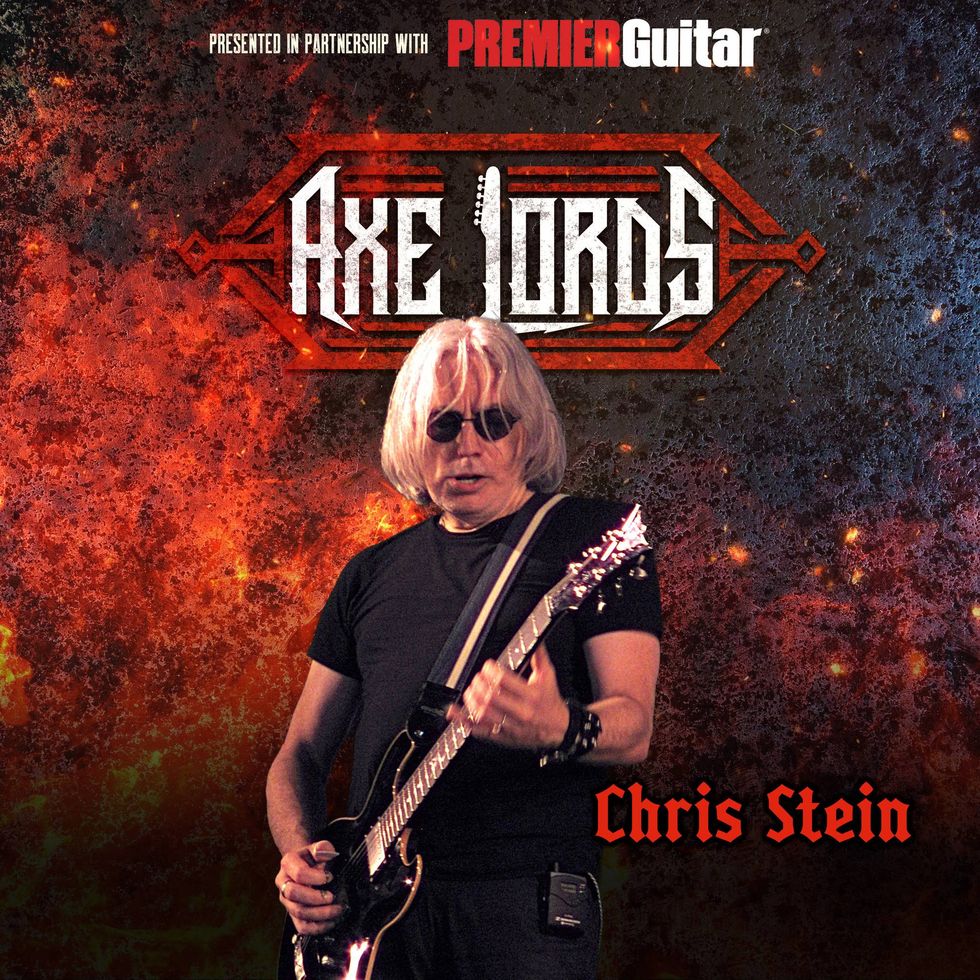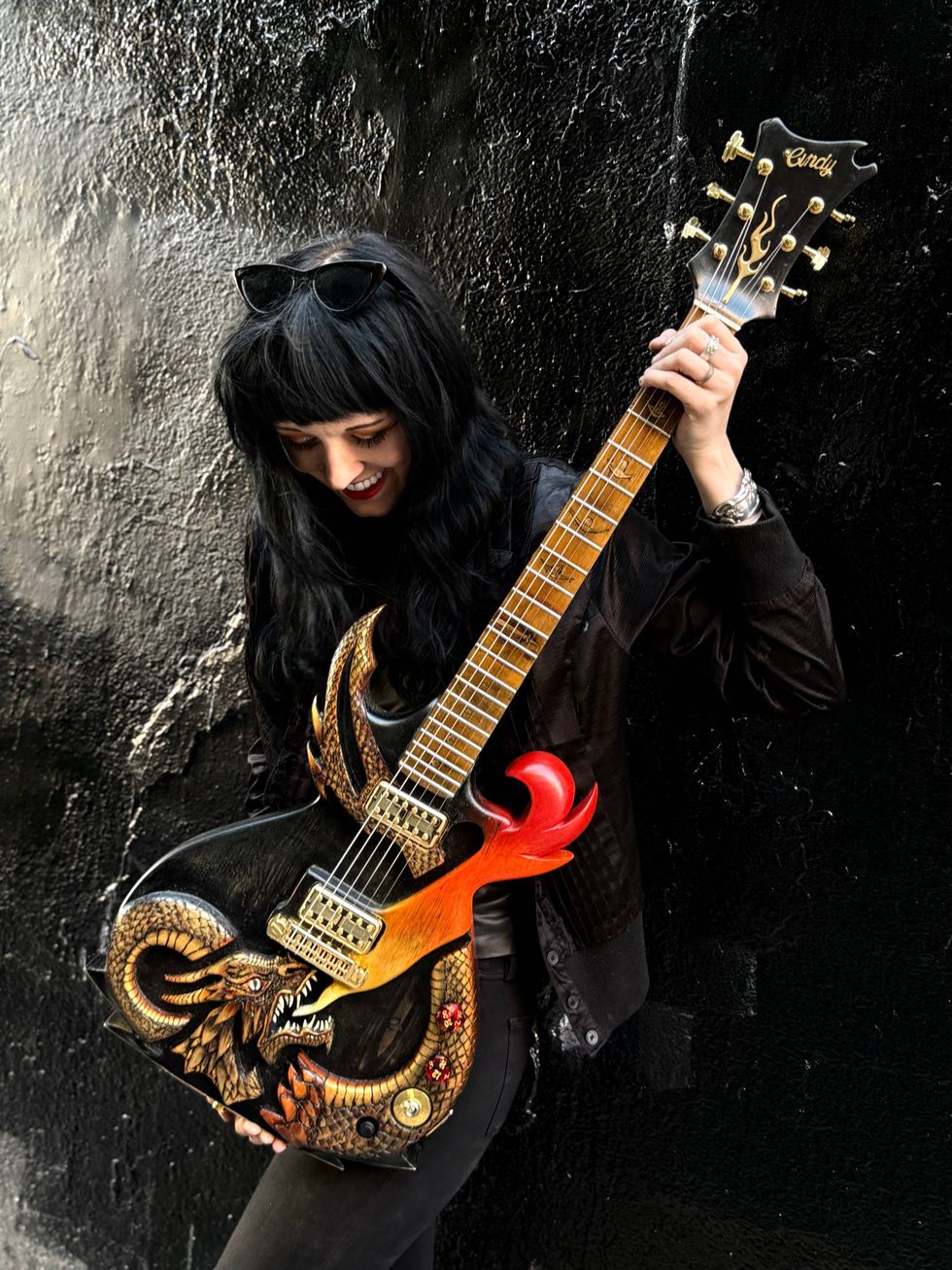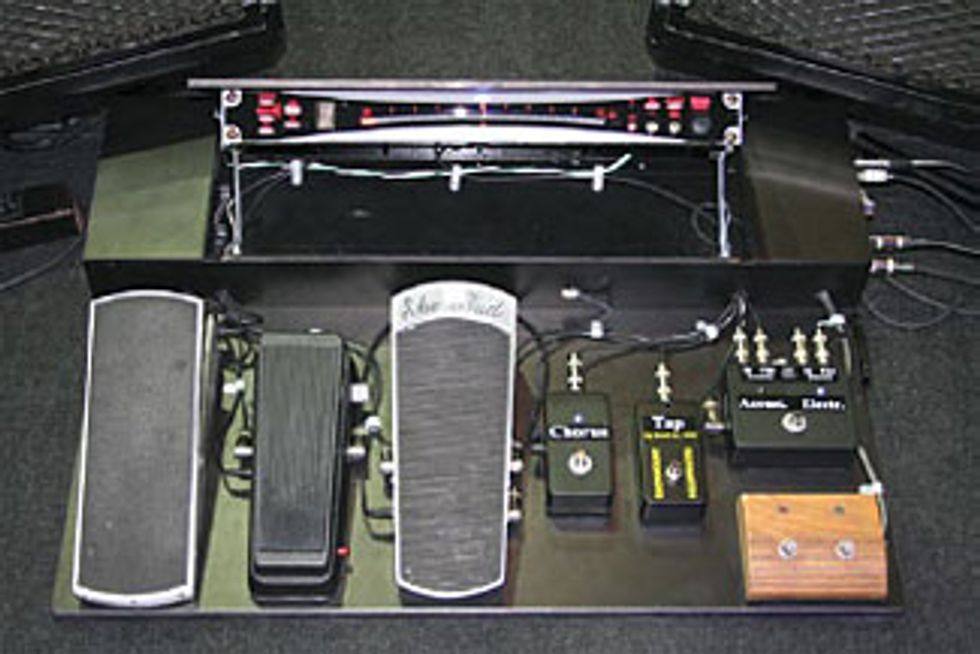 A few years ago I built a new pedalboard
for Larry Carlton and gave it to him as a
Christmas present. I will confess that I selfishly
built it so I wouldn’t have to repair the
old one every time we traveled. Still, it was
accepted as a wonderful gift and works
great to this day. I get a ton of questions
about it on the road, so here’s a detailed
description for those of you interested in
such things when you should just be getting
out more, but I know how you are, so
here goes.
A few years ago I built a new pedalboard
for Larry Carlton and gave it to him as a
Christmas present. I will confess that I selfishly
built it so I wouldn’t have to repair the
old one every time we traveled. Still, it was
accepted as a wonderful gift and works
great to this day. I get a ton of questions
about it on the road, so here’s a detailed
description for those of you interested in
such things when you should just be getting
out more, but I know how you are, so
here goes.
Larry’s pedalboard needs to be able to accommodate both electric and acoustic guitars, providing volume variation, effects triggering and tuning capabilities. We start with an A/B switch that toggles between electric and acoustic guitar inputs and determines signal flow in and out of the pedalboard. Like many of the items on the board, I labeled this switch clearly with big letters – neither Larry nor I are getting any younger.
Each input has a dedicated volume pedal. The acoustic volume pedal is the Ernie Ball on the far left; it has “in,” “out” and “tuner out” options. The electric volume pedal is a Sho-Bud that was modified by Alexander Dumble and is centered exactly on the board. The pedal was originally designed to be a volume controller for pedal steel guitars, and has a smooth feel and great accuracy. Alexander brilliantly installed a small 9V circuit board, which boosts the highs proportionately to the output level; typically Sho-Buds tend to lose highs in that process.
The Sho-Bud is patched directly to a customized Dunlop 535Q Wah pedal, which offers greater sweeping adjustments to the frequency range and narrower and broader wah settings from the “Q” dial. Both volume pedals send to a Korg DTR-2000 chromatic, single-rack space tuner, which is an absolutely fantastic piece of gear. Two sets of tuner inputs are mounted front and center on the pedalboard on two window hinges that are fully adjustable for easy storage. The A/B switch for electric and acoustic also triggers the input selection on the Korg tuner.
Once the signal goes in and out of the volume pedals, it is routed to two simple effects pedals – chorus and delay. The chorus pedal is just an on/off trigger for a TC 1210 Spatial Expander with a 9V power connector for the indicator light. The delay pedal is a momentary, non-latching footswitch that taps tempo with the first two taps, and resets with a third, triggering the delay from a Roland SDE-3000. Each of these effects switches can be replaced by a standalone stomp box effect if necessary. There is also a Dumble footswitch with two switches that serve two distinct purposes: a pre-EQ boost, and routing to the overdrive section of the amp.
On the right side of the pedalboard is the input/output section, which is basically a patch bay clearly marked with electric in and out, acoustic in and out, chorus, delay, and Dumble footswitch. The left side houses the power distribution for the various 9V items and the Korg DTR-2000. I used a computer power supply transformer that takes inputs from 100V to 240V and generates 120V, which allows us to use it anywhere in the world.
A simple IEC cable out of the back of the pedalboard plugs conveniently in to any available power downstage, and avoids one extra cable to trip over upstage. Lastly, each pedal is secured from underneath the pedalboard with long screws so they survive the “Olympic Gear Toss” practice that occurs between baggage handlers every day at airports all around the world.
Not only is Larry’s pedalboard an essential piece of equipment for each gig, it is the starting point for all of our stage setups. Once the pedalboard is in the correct place, I can set up Larry’s rig 4 1/2’ directly behind it, and the drums directly behind the rig. Everything else falls into place after that.
I first used this pedalboard three years ago in Japan at the Tokyo Blue Note and the response from the Japanese crew was a cacophony of ooohs that lasted about ten minutes. I knew then that what seemed simple and concise to us was indeed remarkable and noteworthy in the technical world.
I hope this has been helpful for all of you techno-nerds out there who need more sun and fresh air, and enlightening for Larry Carlton fans who want a little more info about the master and his sound. For even more info, visit mr335.tv. I’ll see you there.
Rick Wheeler
Rick Wheeler currently works as Larry Carlton’s guitar tech and front of house engineer. He is also an accomplished jazz guitarist, vocalist, and educator. You can contact Rick at rickwheeler@hughes.net







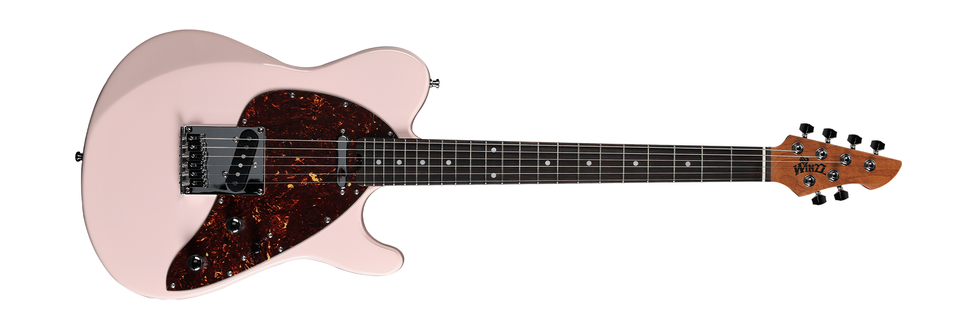
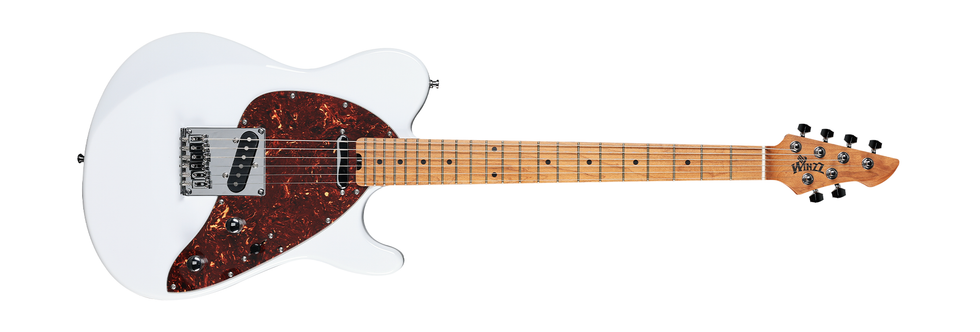



![Rig Rundown: Russian Circles’ Mike Sullivan [2025]](https://www.premierguitar.com/media-library/youtube.jpg?id=62303631&width=1245&height=700&quality=70&coordinates=0%2C0%2C0%2C0)





